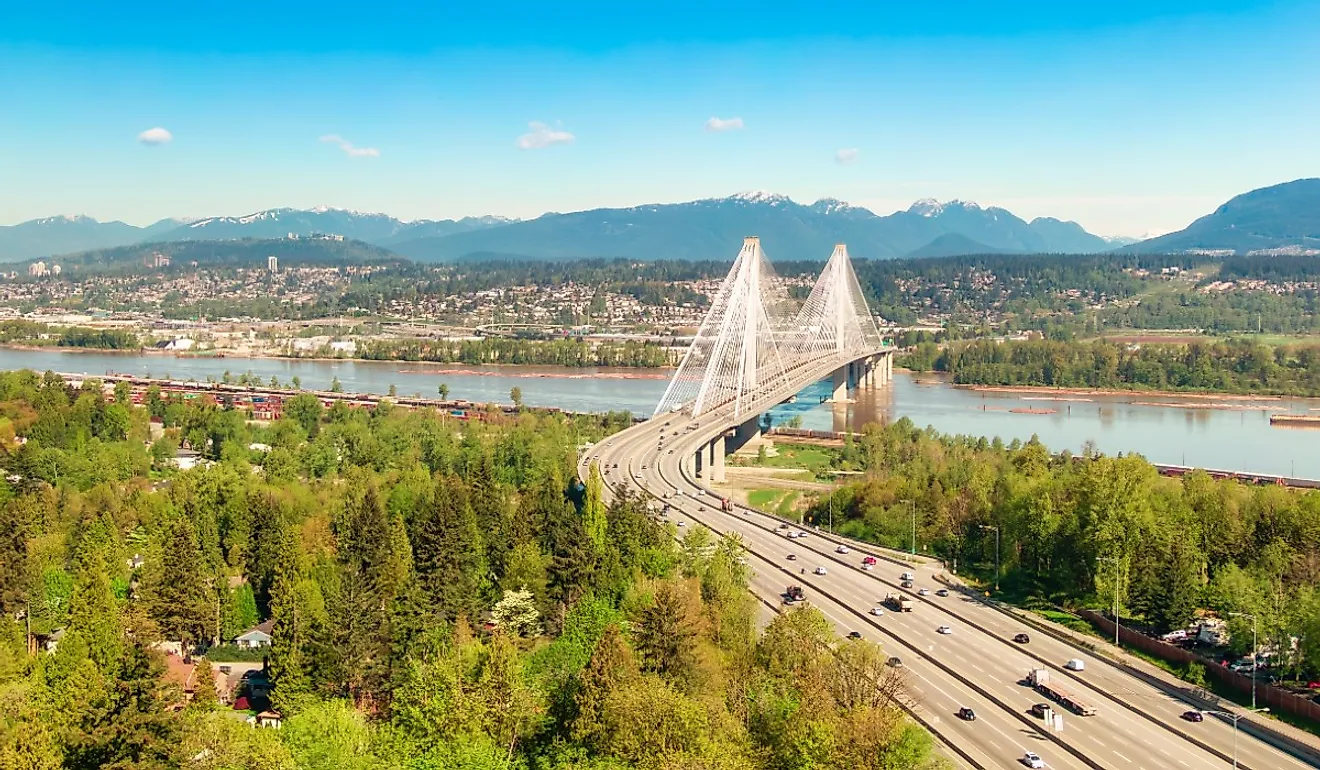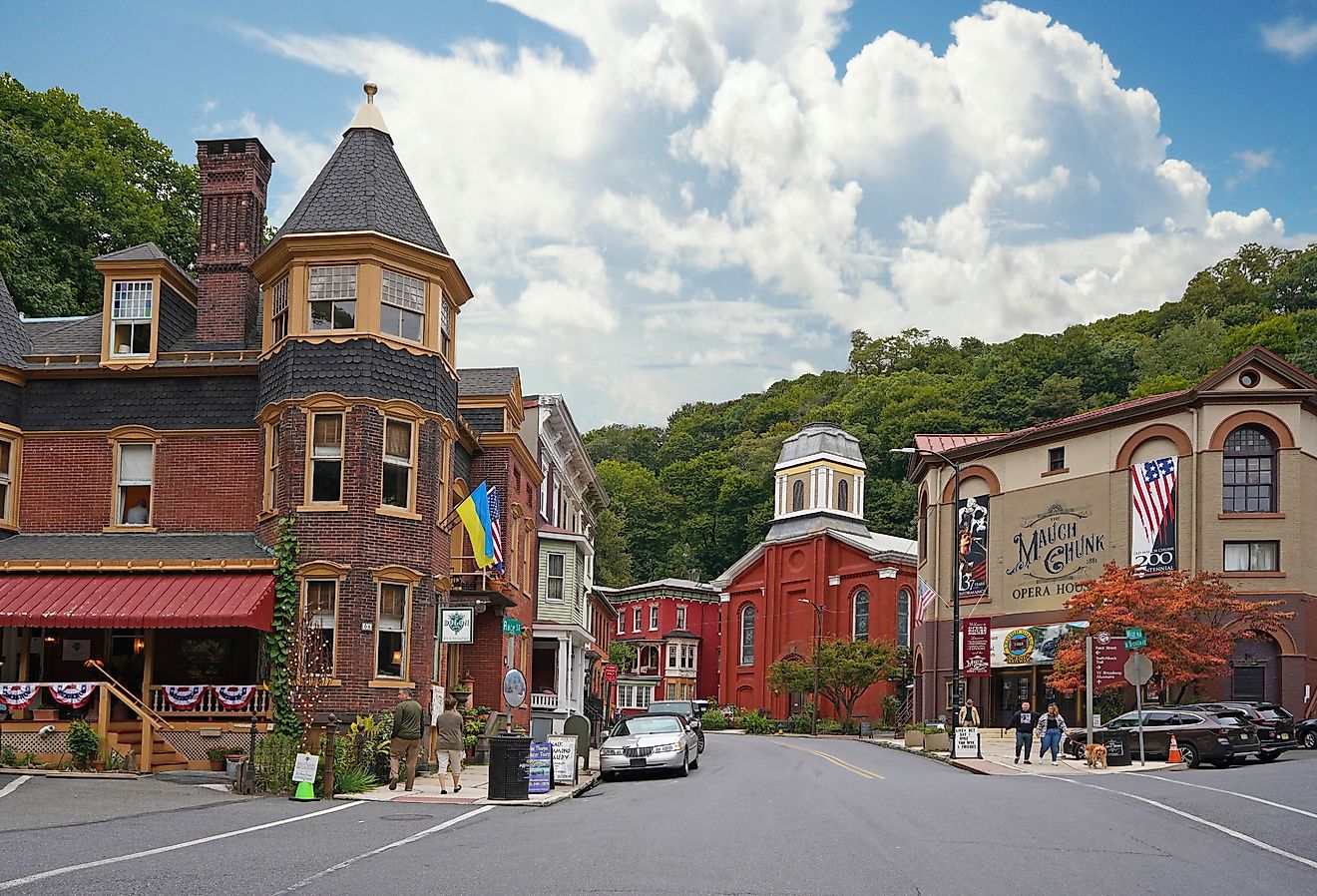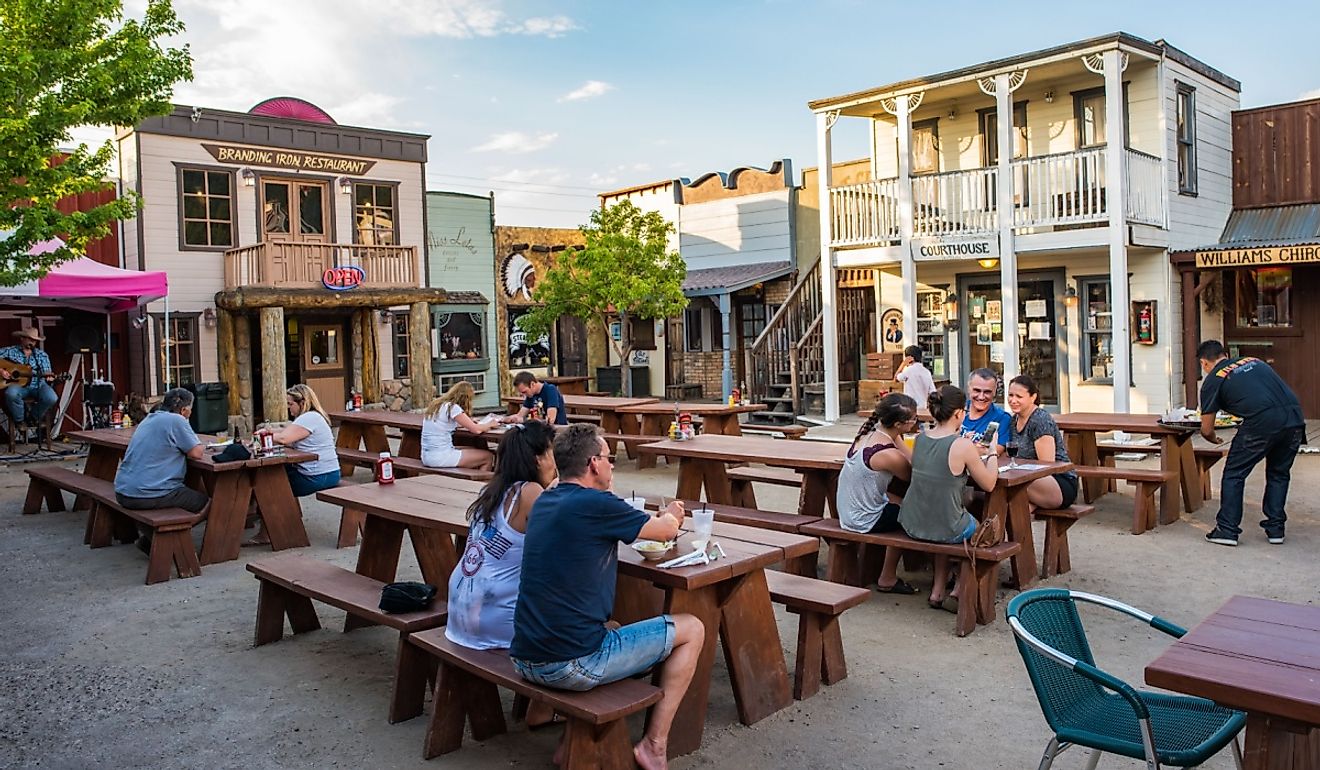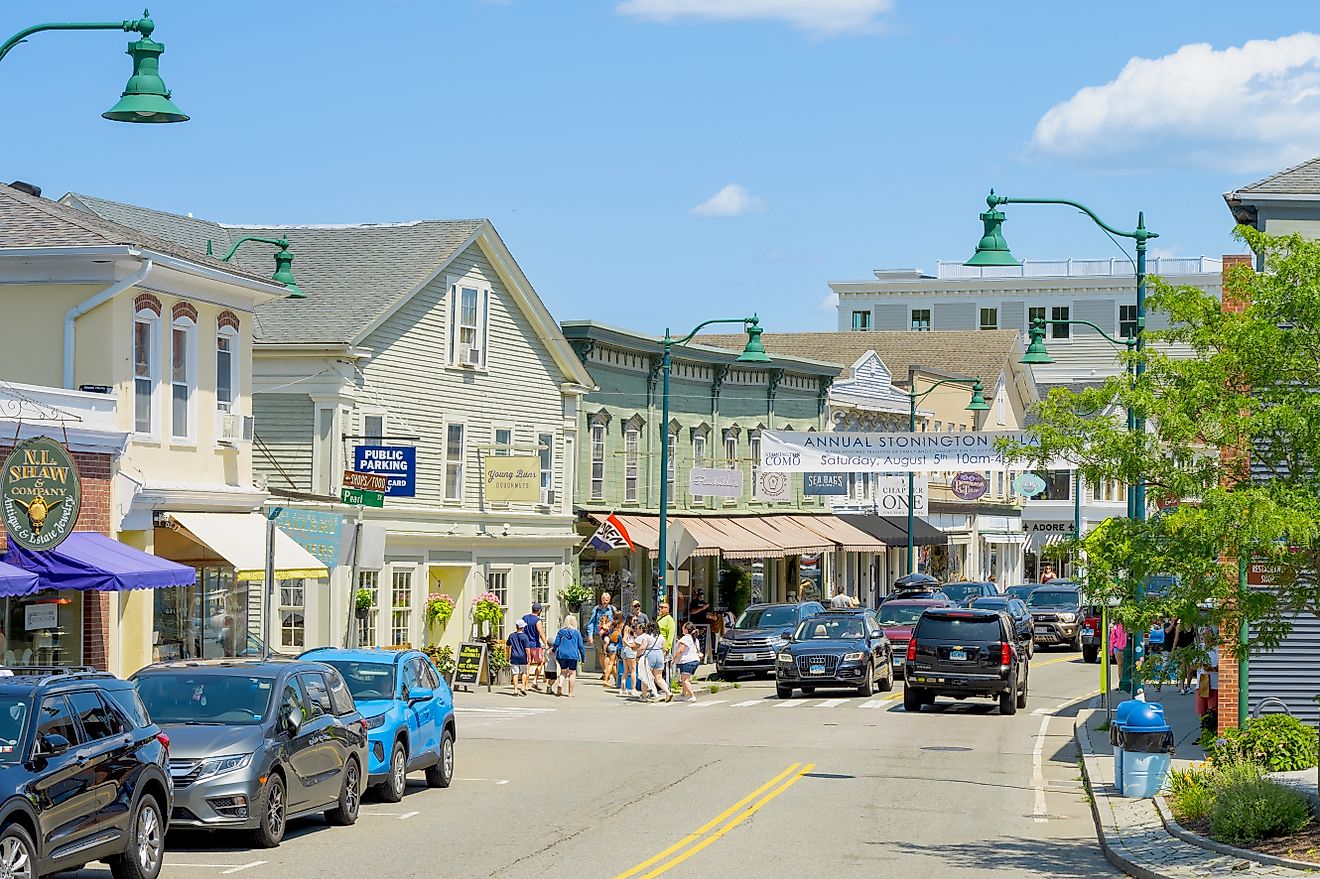
Kissimmee, Florida
Kissimmee is a city in the US state of Florida. It derives its name from the local indigenous population. The city began as a small trade post in the late 19th century. By the early 20th century, it established itself as a thriving town that grew steadily as the decades went by. In the 1970s, Kissimmee began its transition from a cattle ranching town to a prosperous tourist locale. Over the years, more and more entertainment complexes were built in the city’s vicinity. Today, Kissimmee is a city of more than 70,000 people that serves as a gateway to many of Florida’s famous attractions.
Geography Of Kissimmee

Kissimmee is located in central Florida, just south of the city of Orlando. It is situated on the northwest shore of Lake Tohopekaliga, which is often referred to by its nickname, Lake Toho. A lake called East Lake Tohopekaliga is located to Kissimmee’s east. To the north of Kissimmee are other suburbs of Orlando, including Hunters Creek and Buena Ventura Lakes. Several of the theme parks associated with the Orlando area are located to the northwest of Kissimmee. The total area of Kissimmee is 44.9 sq. km, of which 43 sq. km is land. The city is located in Osceola County, in which it and the city of St. Cloud are the only incorporated communities.
Population Of Kissimmee

Kissimmee has a population of 70,649 residents. About half of these residents identify as Hispanic whites, while around 18% are non-Hispanic whites. People of other racial backgrounds identifying as Hispanic make up an estimated 18% of Kissimmee’s population. Thus, people claiming Hispanic origin make up more than two thirds of the city’s populace. African Americans are the next most populous racial group in Kissimmee, at a little over 11%. People of other racial backgrounds make up the remainder. Spanish is the language spoken by nearly 60% of Kissimmee residents, while 35% speak only English. About three quarters of the city’s residents were born in the United States, while 18.47% were born in the state of Florida. Non-citizens, the vast majority of whom come from Latin America, make up close to 13% of the residents of Kissimmee.
Economy Of Kissimmee
Average earnings in Kissimmee are a low $25,130, which may explain why a large portion of the city’s residents, 23.62%, are classified as living in poverty. The unemployment rate, however, is a low 5.4%. The largest industries in Kissimmee by number of employees are retail trade, accommodation & food services, and arts, entertainment & recreation. According to Kissimmee's 2018 Comprehensive Annual Financial Report, the Walt Disney Company, which owns several theme parks in the vicinity of Kissimmee, is the city’s second-biggest employer. The Tupperware Brands Corporation, a large multinational company that specializes in marketing kitchen and household products, is also located in Kissimmee.
History Of Kissimmee

There is no absolute consensus on where the city of Kissimmee got its name, though most agree that it is a modern spelling of a word in one of the local Native American languages. A book called Florida Indians and the Invasion from Europe, written by Jerald T. Milanich, links “Kissimmee” to a village inhabited by the indigenous Jororo tribe. Spanish documents dating back to the late 1600s speak of missions established in the area to convert the Jororo and other local indigenous peoples to Christianity. One of these missions was apparently built close to the Jororo people’s main village. In his book, Milanich suggests that the name “Kissimmee” may have been derived from another Spanish mission established in the area, called Atissime. A Spanish map from 1752 used the name “Cacema” for the location of present-day Kissimmee. It is from this Spanish name that the modern English spelling of Kissimmee evolved.

The name “Kissimmee”, however, was not attached to the present-day city until 1883, when the city was incorporated. Before then, it was called Allendale, after an officer in the Confederate army. The city began as a small trading post. After the American Civil War, a man named Hamilton Disston, who owned the Philadelphia-based Disston Saw Company, purchased 4 million acres of marshland and plains, some of which were in the area in which Kissimmee is now situated. He paid a total of $1 million for the land, a transaction which ultimately saved the state of Florida from financial disaster at the time. Disston then set about draining the marshlands and deepening the Kissimmee River so that products could be shipped to the Gulf of Mexico and beyond. His activities led to the establishment of a small steamboat industry, as steamboats were needed to transport people and goods from Kissimmee to the Gulf of Mexico and vice-versa. In 1885, the South Florida Railroad was built down to Kissimmee. Thus, Kissimmee became a major transit hub.
In the 1890s, however, an economic depression, the replacement of steamship routes by railroads, and damage to the citrus industry when the land froze in 1894 and 1895 dampened prospects for growth in Kissimmee. Hamilton Disston closed his operations in Florida and returned to Philadelphia. Kissimmee was forced to depend on open range cattle ranching. Nevertheless, the town persevered. By 1920, its population grew to 2,700 due to a land boom in the state at the time. The 1930s saw a time of great prosperity for the cattle industry. More periods of population expansion came in the 1940s, 50s, and 70s, and 80s. In 1971, Walt Disney World opened. Since then, tourism and development have largely supplanted the cattle ranching industry.
Attractions In The Kissimmee Area

Kissimmee is best known for the various theme parks in the area, among which are Walt Disney World, Universal Studios, SeaWorld, Legoland, Fun Spot America, and Wild Florida. Within Kissimmee itself, visitors who are interested in learning about life in Florida in the past would be wise to visit Old Town Kissimmee, which includes 18 acres of tree-lined brick streets and more than 70 shops and restaurants. Rides in the Old Town include a Ferris Wheel, which was hand-built in Italy. In addition, each weekend in the Old Town features muscle and classic cars and trucks. At night, these vehicles drive down the Old Town’s brick-layered Main Street for onlookers watching from adjacent sidewalks.











